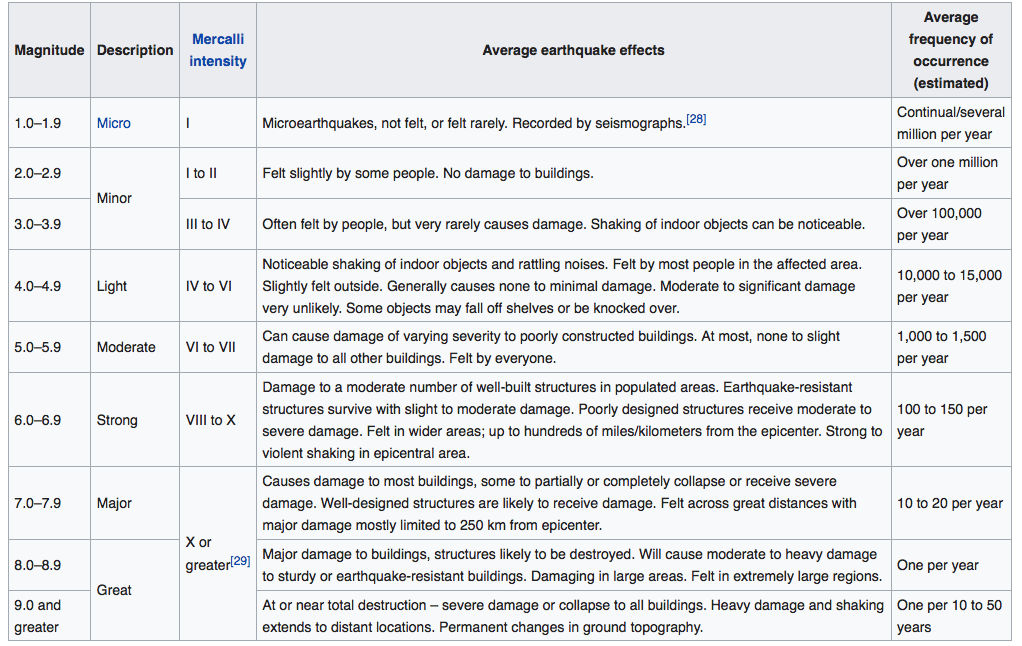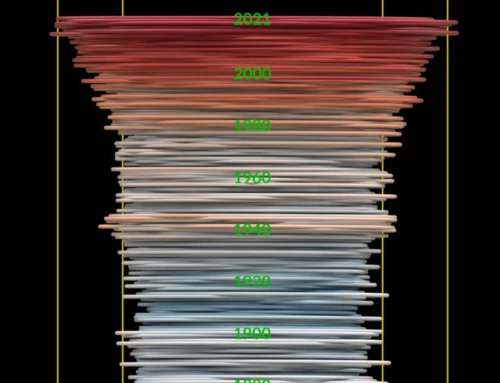Many people think that the UK rarely has Earthquakes, this is simply not the case. In the last 50 days we have seen the following activity.
If the link in the table is not displaying properly when you click on it, try asking it to open in a new tab / window.

And click here for a larger map provided by the BGS to show the location of the earthquakes and their relative intensity.
If you’d like to see similar data (Richter force 5 and higher) for the rest of the world then click here
And if you are not sure what the magnitude or Richter scale means then read on….
The Richter Scale
The Richter magnitude scale was developed in 1935 by Charles F. Richter of the California Institute of Technology as a mathematical device to compare the size of earthquakes. The magnitude of an earthquake is determined from the logarithm of the amplitude of waves recorded by seismographs. Adjustments are included for the variation in the distance between the various seismographs and the epicentre of the earthquakes.
On the Richter Scale, magnitude is expressed in whole numbers and decimal fractions. For example, a magnitude 5.3 might be computed for a moderate earthquake, and a strong earthquake might be rated as magnitude 6.3. Because of the logarithmic basis of the scale, each whole number increase in magnitude represents a tenfold increase in measured amplitude; as an estimate of energy, each whole number step in the magnitude scale corresponds to the release of about 31 times more energy than the amount associated with the preceding whole number value.
To put this into more laymens terms, the various Richter numbers can also be thought of a scale ranging from I to XII (known as the Mercalli) by which people judge the size of an earthquake based on the observed damage, and effects felt or seen during the quake:

If you enjoyed reading this, the please explore our other articles below:



